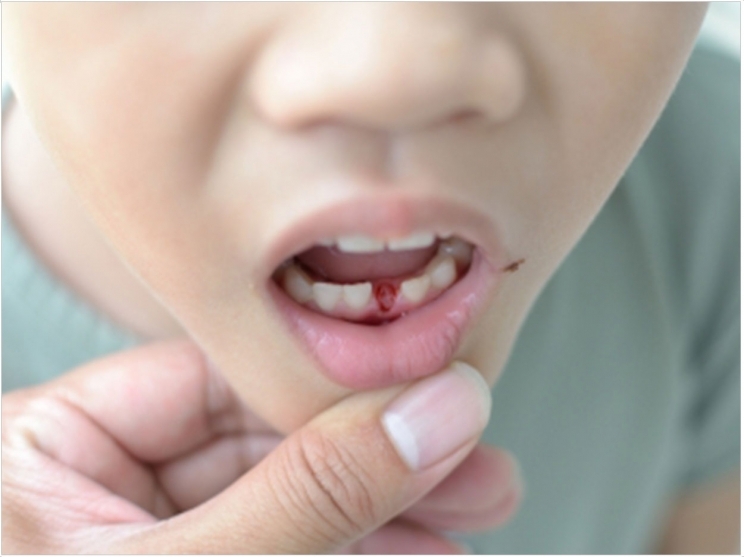
Mount Sinai researchers have identified elemental signatures in baby teeth that are unique to attention deficit/hyperactivity disorder (ADHD), autism spectrum disorder, and cases where both neurodevelopment conditions are present, suggesting that the metabolic regulation of nutrients and toxins play a role in these diseases.
The researchers used baby teeth to reconstruct prenatal and early life exposures to nutrients and toxic elements in neurotypical children and children with autism, ADHD, or ADHD and autism. They found that each condition has a unique metabolic signature, which shows a combination of dysregulation in metabolic pathways involving essential and toxic elements.
“Environmental epidemiologists typically study exposure to essential and toxic elements by examining how much of a given element a child was exposed to, but our work indicates that the way a child metabolizes environmental exposures is essential to healthy neurodevelopment,” said Paul Curtin, PhD, assistant professor of environmental medicine and public health at the Icahn School of Medicine at Mount Sinai.
“The discovery that autism spectrum disorder, attention deficit/hyperactivity disorder, and the combined presentation of autism and ADHD each have a unique metabolic signature can inform future studies on what might cause the disorders. It could help us determine the pathways implicated in the different diseases, which, in turn, could inform the development of treatment and prevention strategies,” said Curtin.
While the method is not a diagnostic tool, the metabolic signatures were present prenatally, which may have implications for the development of early detection methods. This study examined the baby teeth of 74 children enrolled in the Roots of Autism and ADHD Twin Study in Sweden, which included twin siblings with and without autism and ADHD. Researchers compared elemental metabolism in neurotypical children to those with ADHD, autism, or both autism and ADHD.
The study was published by Translational Psychiatry.
Related Articles
Baby Teeth Offer Clues to Autism Risks
Biomarkers in Baby Teeth Indicate Autism Potential
Baby Teeth May Hold Clues to PWS and Autism Treatment











